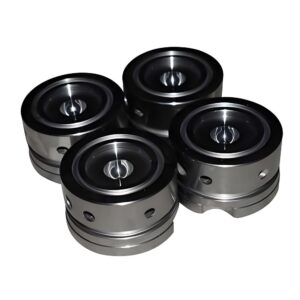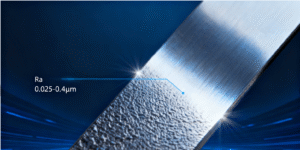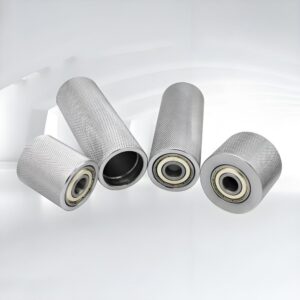Silicone is a powerhouse material, prized for its flexibility, durability, and ability to withstand extreme conditions. For businesses in the machining industry, knowing the thermal properties of silicone—especially its melting point—is key to crafting high-quality, reliable components. This article explores the ins and outs of silicone’s heat resistance, its practical uses, and why it matters for precision manufacturing. Written with a friendly, approachable tone, this guide is tailored for professionals and enthusiasts alike, offering insights into how silicone performs under heat.
What Is the Melting Point of Silicone?
Silicone, a synthetic polymer built from silicon, oxygen, carbon, and hydrogen, is celebrated for its ability to handle high temperatures. Unlike metals or traditional plastics, silicone doesn’t have a clear-cut melting point where it turns from solid to liquid. Instead, it undergoes thermal decomposition, where its structure starts to break down at temperatures typically between 300°C and 500°C (572°F to 932°F). This range depends on the specific type of silicone and any additives used in its formulation.
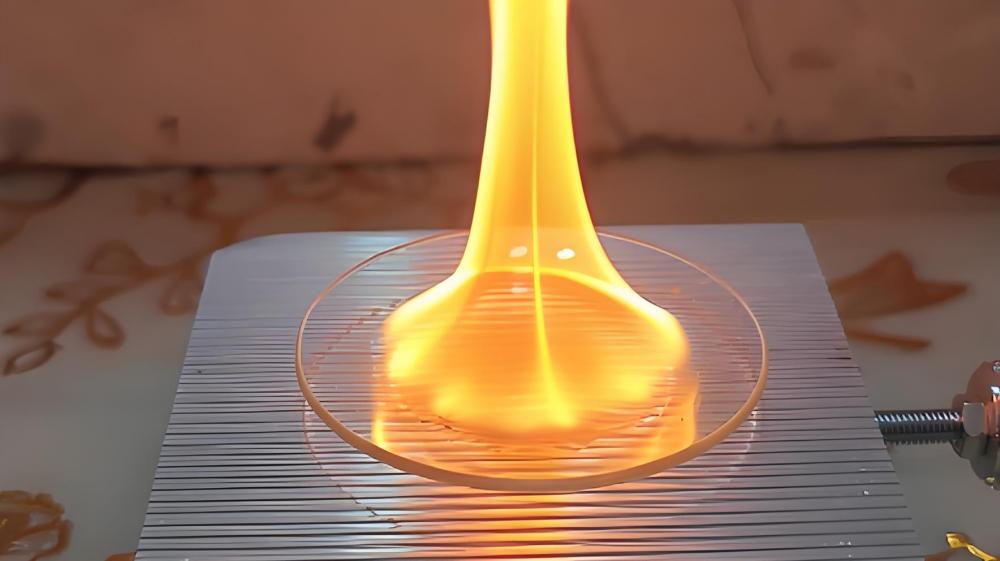
The secret behind silicone’s heat resistance lies in its molecular makeup—a robust silicon-oxygen backbone paired with organic side groups. This structure allows silicone to stay stable across a wide temperature range, making it a top choice for industries like machining, where components must endure heat without losing their shape or function. For example, silicone gaskets and seals are common in environments where consistent performance under heat is non-negotiable.
Understanding silicone’s thermal behavior helps manufacturers choose the right material for their needs, ensuring products can handle the demands of high-temperature applications without failing.
Exploring the Melting Point of Silicone Types
Not all silicones are created equal. Different formulations are designed for specific purposes, and their heat resistance varies accordingly. Here’s a look at some common silicone types and their thermal limits, which are critical for machining professionals selecting materials for precision parts.
Liquid Silicone Rubber (LSR)
Liquid silicone rubber is a favorite for injection molding, used in everything from medical devices to automotive components. LSR typically starts to degrade around 350°C (662°F). Its flexibility and biocompatibility make it ideal for creating intricate, heat-resistant parts in industries where precision is paramount.
High-Temperature Vulcanizing (HTV) Silicone
HTV silicone is built for tough conditions, often used in industrial seals, gaskets, and hoses. It can withstand temperatures up to 400°C–500°C (752°F–932°F) before breaking down. This makes it a go-to for heavy-duty machining tasks where prolonged heat exposure is a factor.
Room-Temperature Vulcanizing (RTV) Silicone
RTV silicone, commonly used for adhesives and mold-making, has a slightly lower heat tolerance, with degradation starting around 300°C (572°F). Its ease of use makes it popular for prototyping and small-scale manufacturing, though it’s less suited for extreme heat.
Fluorosilicone
Fluorosilicone stands out for its resistance to both heat and chemicals, holding strong up to 400°C (752°F). It’s a top pick for aerospace and automotive applications, where parts must endure harsh environments without compromising performance.
Choosing the right silicone type ensures that machined components meet the specific thermal demands of their intended use, from high-heat industrial settings to delicate medical applications.
Why the Melting Point of Silicone Matters
The thermal stability of silicone—often referred to as its melting point, though technically its decomposition point—is a game-changer for industries relying on durable, heat-resistant materials. For machining companies, this property directly impacts the performance, safety, and longevity of their products.
Boosting Component Durability
In applications like automotive engines or industrial machinery, silicone’s ability to resist heat ensures that parts like seals and gaskets hold up over time. A material that degrades under heat could lead to leaks or mechanical failures, disrupting operations and driving up costs.
Enhancing Safety
Silicone’s high thermal threshold makes it a safe choice for environments with fluctuating or elevated temperatures. In aerospace or medical manufacturing, where precision and reliability are critical, silicone’s stability helps meet stringent safety standards.
Saving Costs
By selecting silicone with the right heat resistance, manufacturers can avoid frequent part replacements or repairs. This is especially important in precision machining, where downtime and material waste can hit the bottom line hard.
Knowing how silicone performs under heat empowers engineers to design components that deliver consistent results, keeping both safety and efficiency in check.
Factors Influencing Silicone’s Heat Resistance
Several elements affect how well silicone holds up under high temperatures, which is crucial for machining professionals aiming to optimize their processes. Here’s what impacts silicone’s thermal performance:
Additives and Fillers
Manufacturers often add fillers like silica or ceramic to boost silicone’s heat resistance. High-quality additives can push the decomposition point higher, while cheaper ones might weaken it. Choosing premium-grade silicone is key for demanding applications.
Molecular Composition
The silicon-oxygen backbone gives silicone its inherent strength, but the organic side groups—like methyl or phenyl—play a big role in heat tolerance. Phenyl-based silicones, for instance, tend to handle higher temperatures better than methyl-based ones.
Curing Techniques
How silicone is cured—whether through heat, UV light, or chemical catalysts—can affect its thermal properties. Proper curing strengthens the material, while rushed or improper curing can lower its heat resistance, leading to premature failure.
Environmental Conditions
Exposure to oxygen, UV light, or chemicals can speed up silicone’s degradation, lowering the temperature at which it starts to break down. For long-term applications, factoring in environmental stress is essential for consistent performance.
By accounting for these factors, manufacturers can select and process silicone to maximize its heat resistance, ensuring reliable results in precision machining.
Practical Applications of Silicone’s Heat Resistance
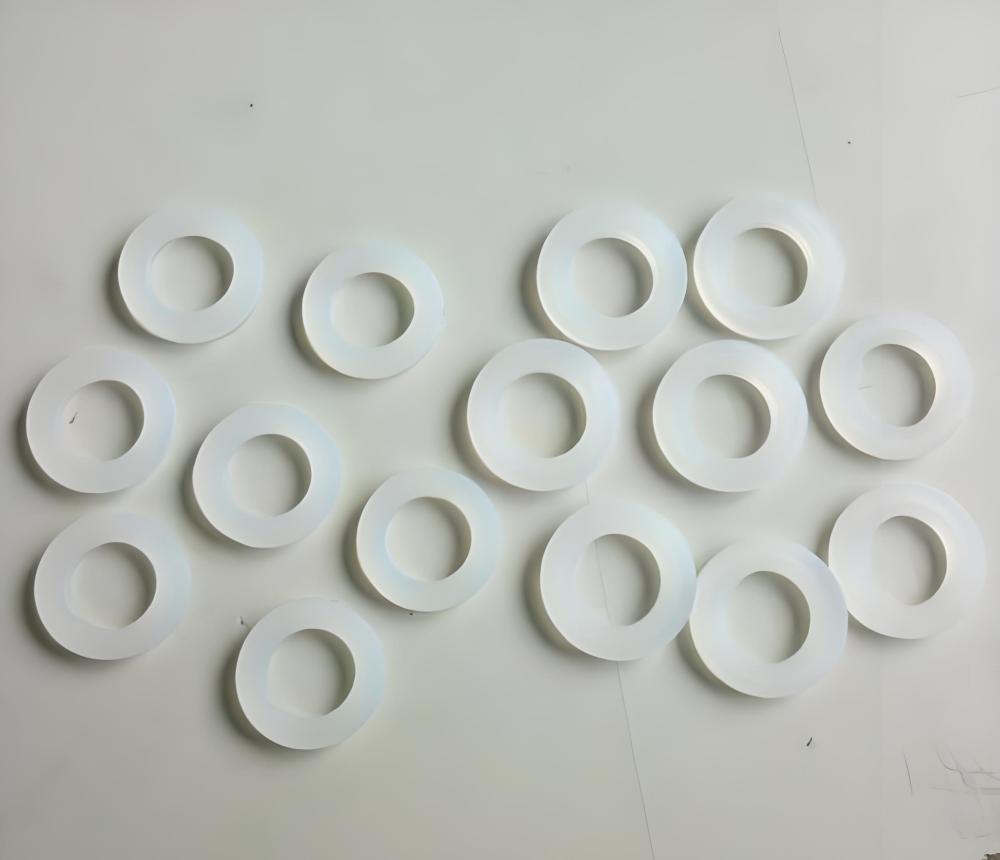
Silicone’s ability to withstand high temperatures makes it a standout material for a variety of industries, particularly in machining, where precision and durability are non-negotiable. Here are some key areas where silicone’s thermal properties shine:
Automotive Manufacturing
Silicone is a staple in automotive parts like gaskets, hoses, and seals, which must endure high engine temperatures. HTV silicone’s superior heat resistance makes it ideal for these demanding applications, ensuring long-lasting performance.
Medical Device Production
In medical manufacturing, silicone’s biocompatibility and heat stability are critical for components like tubing and implants. Liquid silicone rubber is often used in precision molding to create parts that meet strict regulatory standards.
Aerospace Components
Fluorosilicone’s ability to handle both heat and chemical exposure makes it a go-to for aerospace seals and O-rings. These components must perform reliably in extreme conditions, from high-altitude flights to engine heat.
Electronics Protection
Silicone is used in electronics for insulation and encapsulation, shielding sensitive components from heat and environmental stress. Its thermal stability ensures devices stay functional even in challenging conditions.
Precision Machining
In machining, silicone molds and components are used for prototyping and production. Their heat resistance allows them to withstand the temperatures generated during high-speed processes, ensuring consistent quality.
Silicone’s thermal properties make it a versatile choice for creating reliable, high-performance parts across these industries.
Partner with Precionn for Precision Machining Excellence
When it comes to precision manufacturing, understanding materials like silicone is just the start. Precionn, a trusted name in the machining industry, specializes in delivering top-tier components for international clients. With a focus on advanced materials and cutting-edge techniques, Precionn ensures every product meets the highest standards of quality and durability. Whether you need silicone-based parts for automotive, medical, or aerospace applications, Precionn’s expertise guarantees solutions that perform under pressure. Visit our website to discover how Precionn can bring precision and reliability to your next project.

